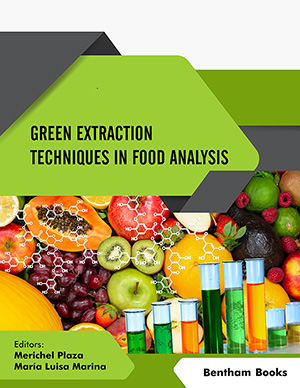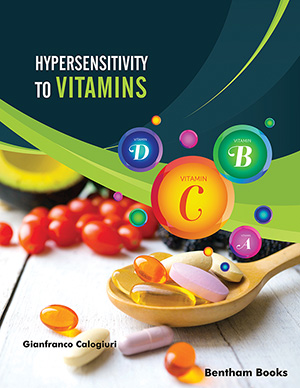Abstract
Background: The trace element selenium (Se) is essential nutrition mineral. Selenium deficiencies in the human and animal organism are recognized worldwide to be related to a number of pathologies. However, at higher Se concentrations, harmful consequences occur: generation of free radicals, DNA double-strand breaks, and apoptosis in cells. Provided that the recommended dietary intakes are not met, Se-rich foods are to be included in the diet.
Limitation of Se Studies: The disparate opinions on the widely discussed chemopreventive capability of selenium have to be addressed. Of paramount importance is a better understanding of the Se significance to the DNA preservation and cancer. The contradictions found might be related to poor understanding of controversial mechanisms involved in selenium biochemistry. Therefore, a rich area of selenium explorations could be considered as two fields: Se as a dietary component and Se as a toxic agent. Selenized Fungi: Mushrooms and yeasts have attracted a number of researchers in food and pharmaceuticals. Mushroom-based foods enriched with selenocompounds could be a convenient source of Se to balance the deficiency. Therewith the safety and efficacy factors favor the organic forms of Se. Conclusion: The consequences of selenium toxicity, bioavailability of selenium content, the importance and possibilities for increasing selenium content of mushroom mycelia, a fate of organoselenium xenobiotics in the basidiomycetes culture are discussed in this review.Keywords: Selenium, essentiality, bioavailability, supplementation, Se-fortified food, Se-yeast, selenized mycelium, macrobasidiomycetes.























